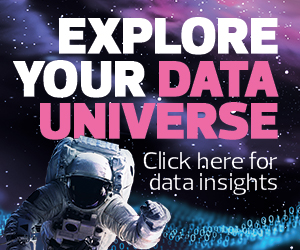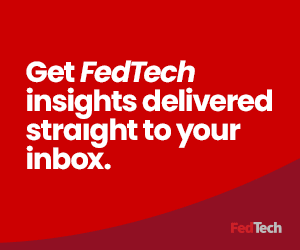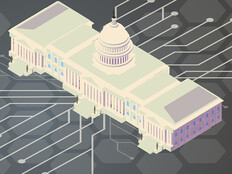2. Salesforce Government Cloud: Citizen Engagement: Salesforce has a history of helping agencies digitize and simplify citizen engagement.
“The next generation of that is agentic AI; in our case, Agentforce, as a key way to scale government services — to make it easy and conversational,” says Paul Tatum, executive vice president for global public sector solutions at Salesforce. “We are bringing the whole stack of agentic capabilities and tools to our government customer.”
3. Adobe DX Digital Experience for Government Services: Adobe’s next-generation platform boosts workforce efficiency with user-centric integrations and automation. Adobe DX leverages AI-powered forms to speed up services, and AI-driven insights to reduce errors, improve outcomes and accelerate time to completion.
WATCH: Low- and no-code are delivering warflow to the military.
Cross-Platform Integration and Data Governance
Next-generation platforms empower government efficiency and effectiveness with the ability to integrate across systems and support strong data governance.
For example, Adobe DX enables program delivery with omnichannel journey orchestration, automated workflows and self-service options. This integrated approach means agencies can offer relevant, real-time services while easing the administrative burden on federal workers.
“With Salesforce, you are able to bring data in a zero-copy fashion from multiple data silos across the government enterprise into a single pane of glass,” Tatum says. “That's super important for AI, because these things are only as good as the data they have access to.”
Complex government systems require multiple technologies from different vendors, and Salesforce’s agentic technologies continue to support that model, Tatum says.
Government employees may require as many as 17 applications per day.
“ServiceNow stops that disruption by acting as a unifier of legacy systems, underlying AI constructs and infrastructure vendors,” Hurt says. “Our platform enables a single system of action, giving agencies visibility and governance across the enterprise.”
This in turn allows agencies to reduce silos, promote transparency and connect technology investments to drive mission results and deliver faster services.














